“Your ability to spot the opportunity will define your ability to counter the threat!” – Futurist Jim Carroll

Of all the dumb things said about AI in the last few years, this has perhaps ranked as the dumbest:
International Business Machines Corp. Chief Executive Officer Arvind Krishna said the company expects to pause hiring for roles it thinks could be replaced with artificial intelligence in the coming years.
“Hiring in back-office functions — such as human resources — will be suspended or slowed, Krishna said in an interview.” Bloomberg, May 1, 2023
I often like to point out that his assumption is probably inherently wrong, and that it has caused CEOs worldwide to think, “How can I get some of that too?”
It’s all a part of the popular, common wisdom that millions of jobs are at risk and are set to disappear as the AI juggernaut sweeps through the global economy, with headlines such as this feeding into the hype and hysteria.
AI could eliminate nearly 8 million jobs in UK, study shows
The technology could herald a “job apocalypse,” the study said.
ABCNews, March 27, 2024Report: AI Will Replace 2.4 Million US Jobs by 2030. While AI remains a threat to white-collar workers, the technology is likely to reshape far more jobs than it replaces.
TechCo, .Sep 8, 2023
This seems to feed people the idea that they will soon find themselves working hand-in-hand next to some sort of humanoid robot that will have extremely human-like qualities – and might one day be replaced by these robots.

While I have no doubt we are seeing fascinating fast-paced developments with humanoid robot development, I find this whole perspective to be pretty silly. With that in mind, this is the slide I shared at Symposium 2024, an event put on by software company Concentric for its key customers. (The photo in today’s Inspiration is from that event.)

Let’s put the hysteria into perspective.
For time immemorial, it seems, the picture has been painted that mankind is doomed by the era of automation! Doomed by the machine age! Ever the contrarian, some years ago I dug into old magazines to find similar articles of concern and worry. For example, this headline ran in Popular Mechanix in the 1930s – “Is man doomed by the machine age?”
My research led me to articles about machines destroying jobs!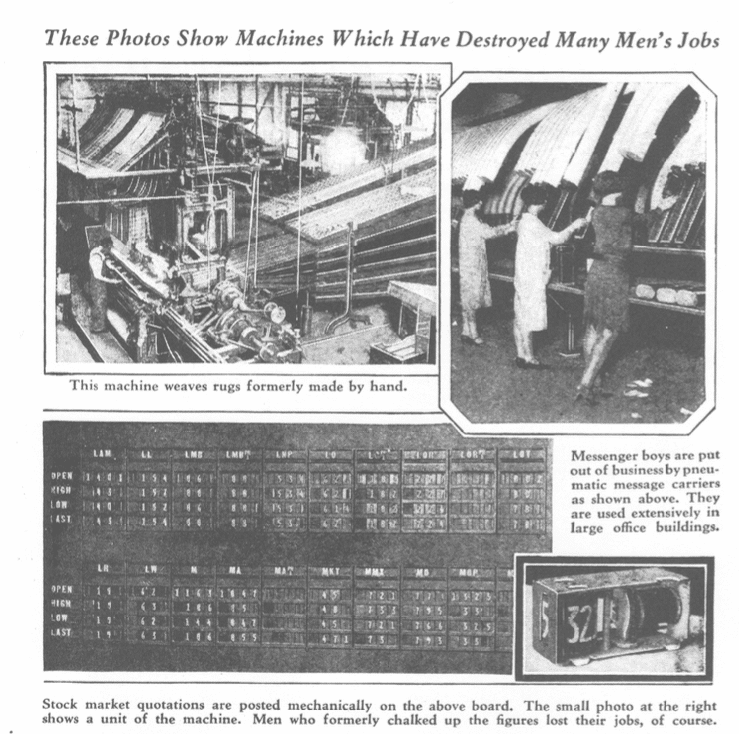
It was even to be the end of jobs for musicians!
And hey, maybe we shouldn’t worry though — we can all just enjoy all the extra leisure time that we are going to have!
How did that all work out for you?
Many of these images are from Modern Mechanix and Popular Science, from the 1930s – and it would seem to suggest that by this point if we were not yet replaced by giant robot brains, we would be living a life of leisure because machines would be doing all the work!
So about all this – my take has long been that while you probably lose your job to an AI …. you might one day lose your job to someone using an AI! That’s because they will have learned how to further empower themselves with the unique knowledge and skills that define our modern 21st-century economy.
And that’s why in today’s world, your ability to spot the opportunity will define your ability to counter the threat! When it comes to the future and tomorrow, remember my phrase – “Some people see the future and see a threat. Innovators see the same future and see an opportunity.” The same thing holds for the way you approach your circumstances – you can view the future, and trends such as AI, as an appallingly worrisome development, guaranteed to cause you many moments of personal wreckage. Or, you can view it as an inevitable trend that will unfold all around you, and you can do what is necessary to be a part of it, and learn to use it to your advantage – developing new skills, new ways of generating knowledge, and understanding new methods of working through your day.
Your glass is either half full or half empty – and it all comes down to how you view the glass!
By the way, here’s my short video of what I experienced during 3 minutes of totality. I made sure that I was immersed in the experience, but also carefully used my Osmo stabilizer camera in such a way to capture the experience.
I put. an appropriate music track – generated by a human – to give it a suitably epic feel to capture the epicness of the moment.
Enjoy!



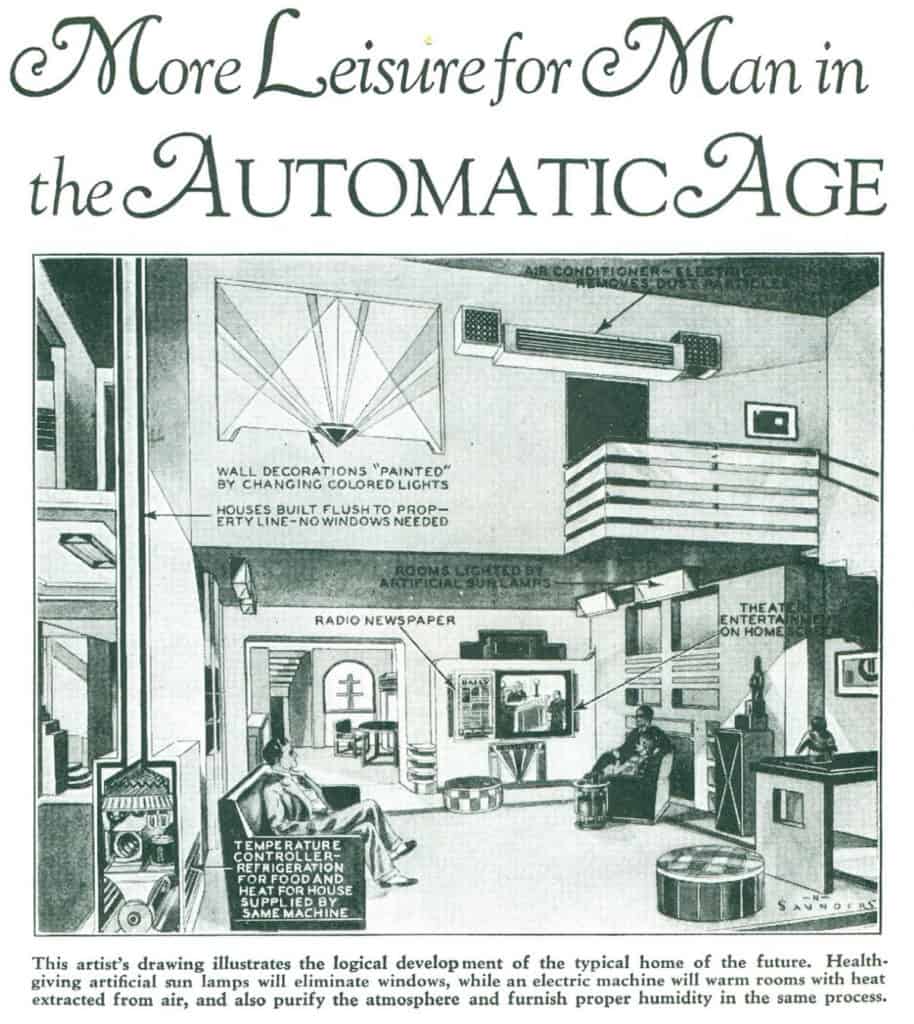
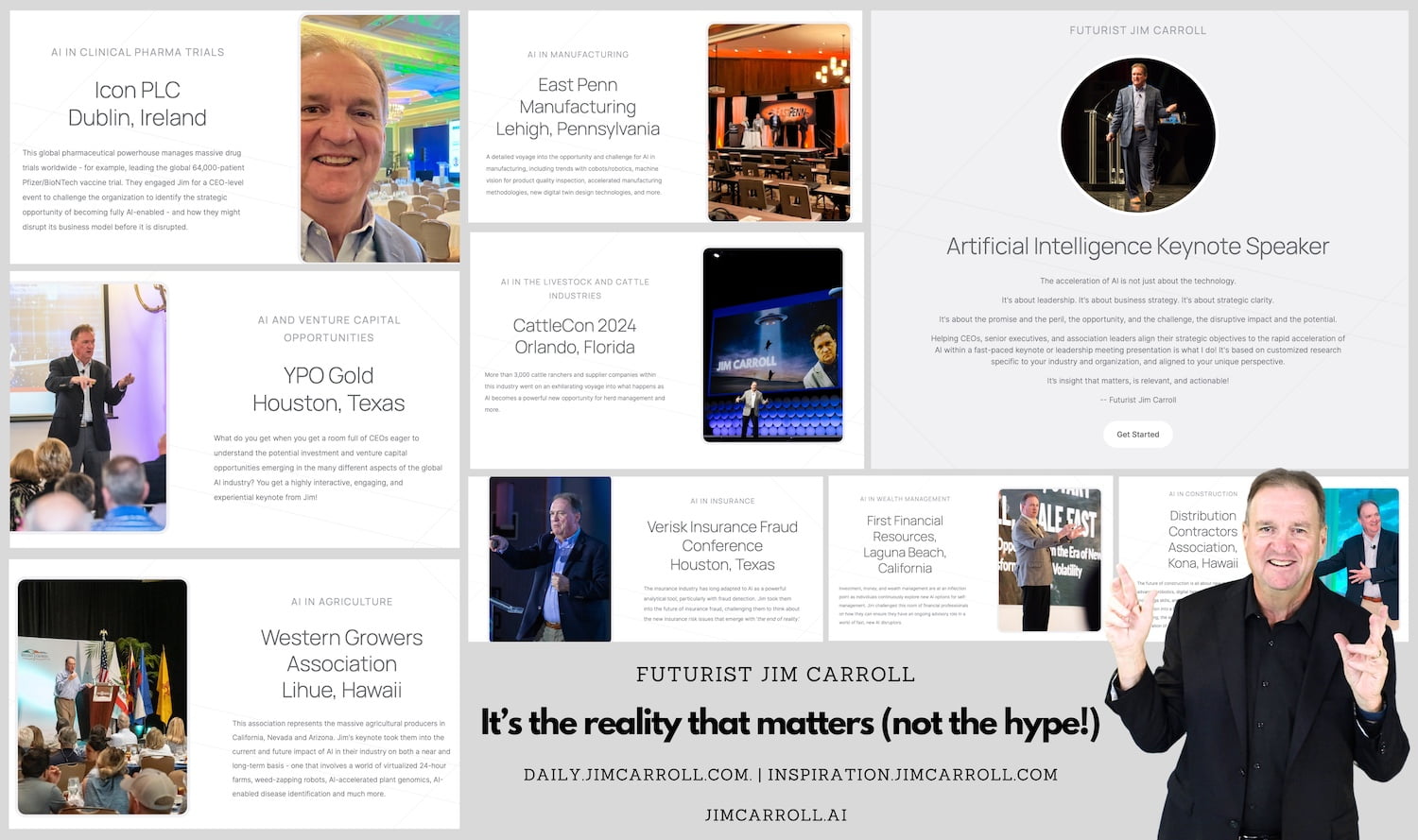
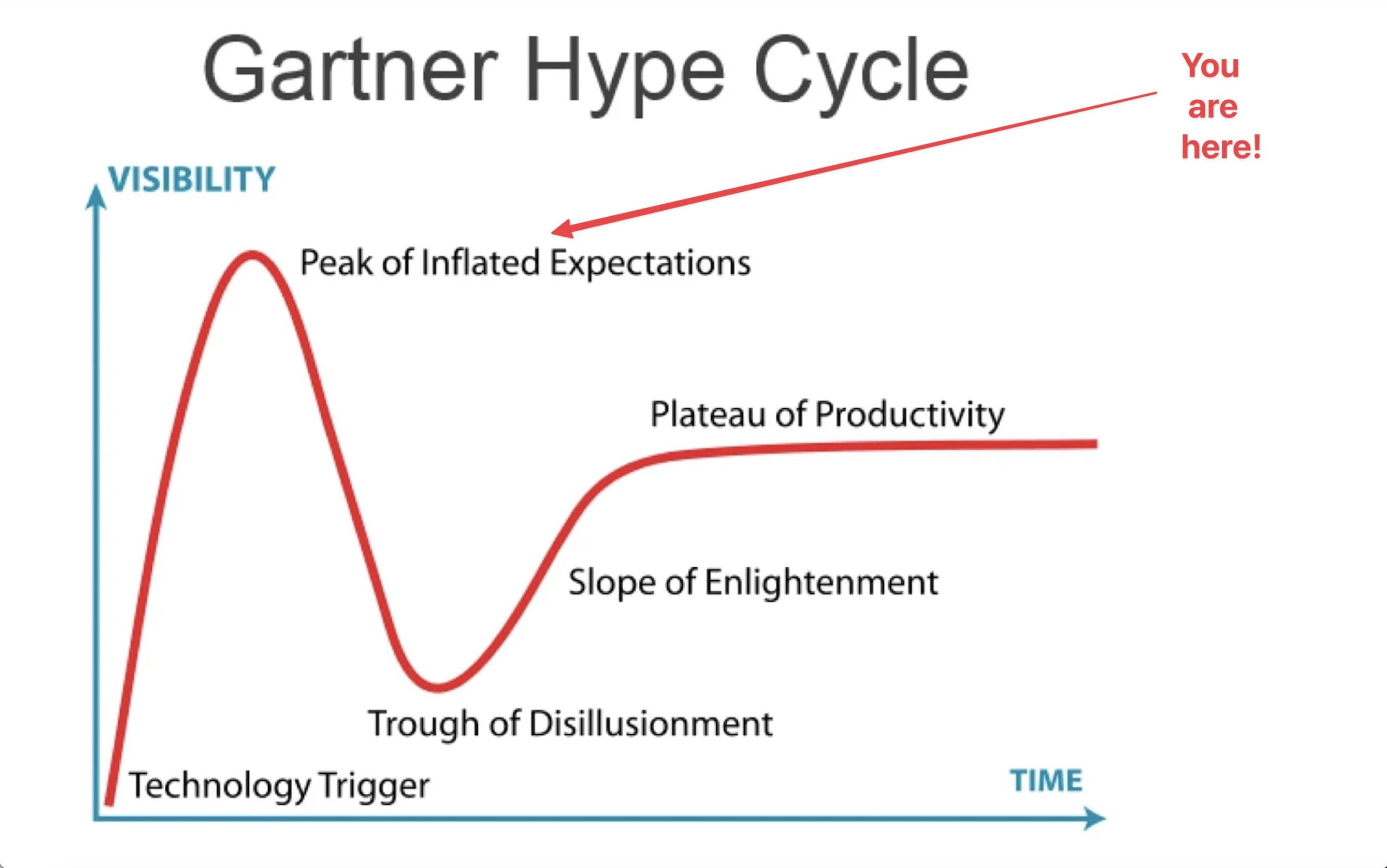
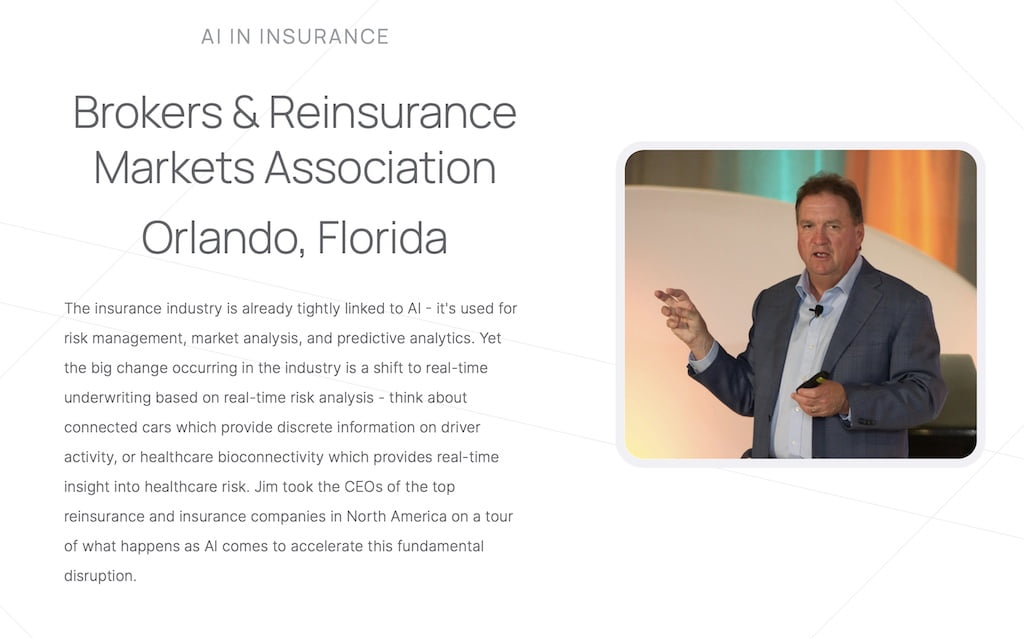
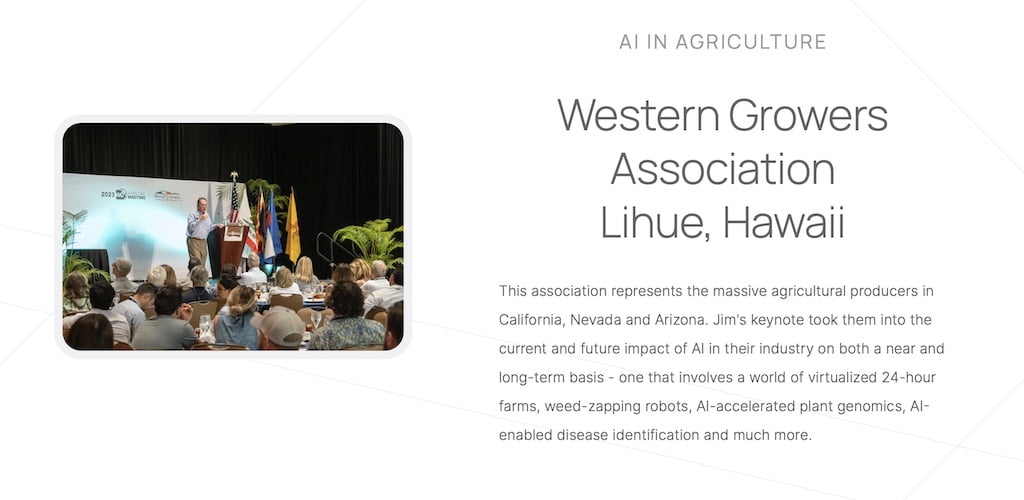
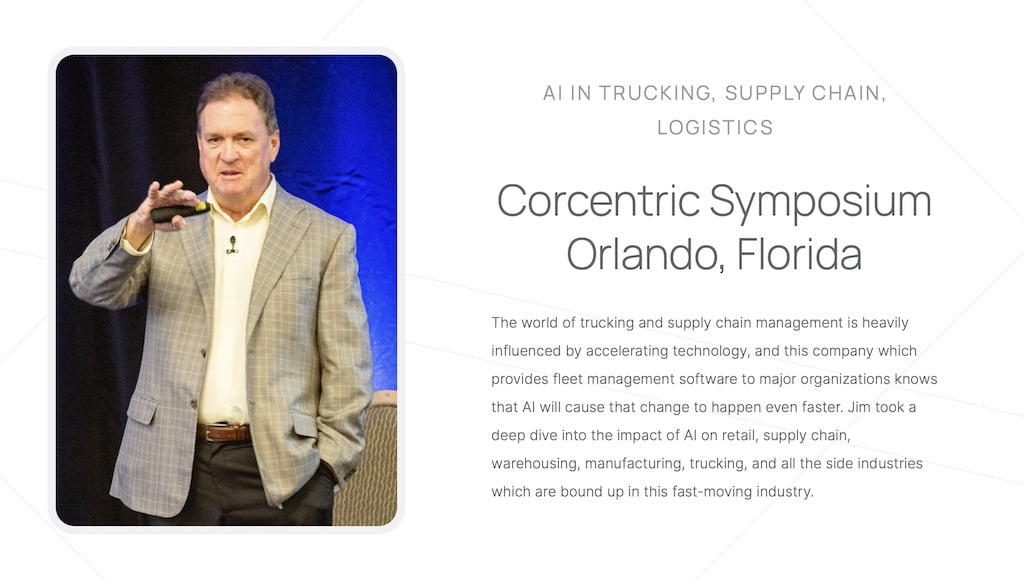
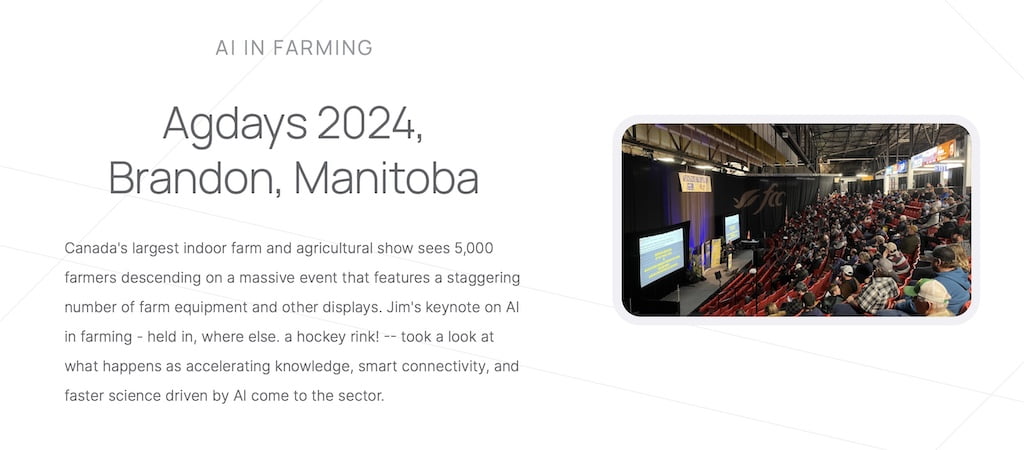
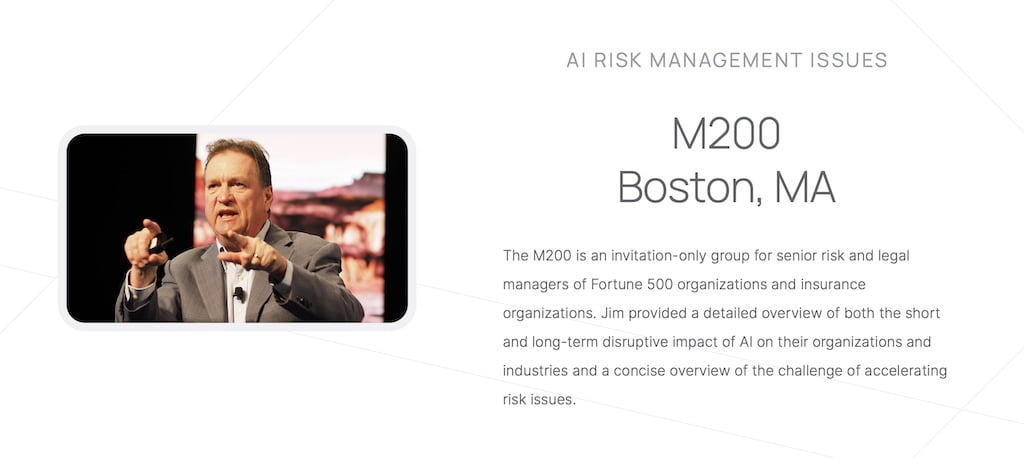
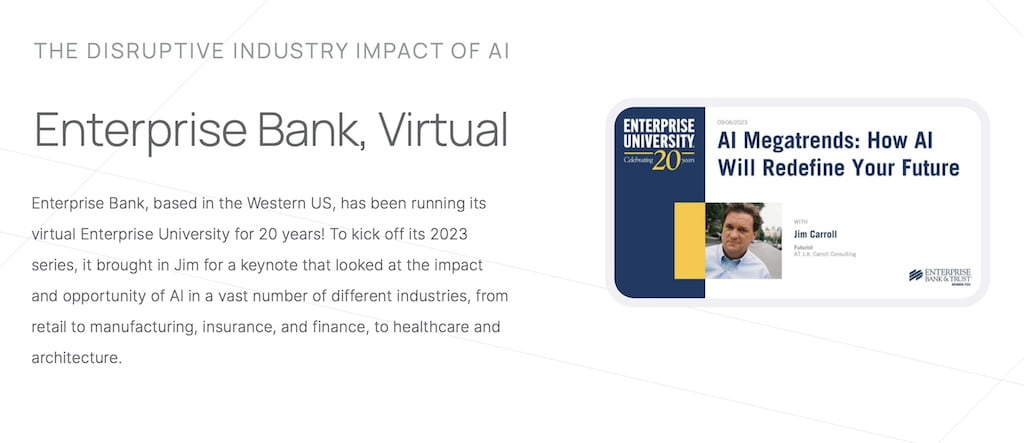
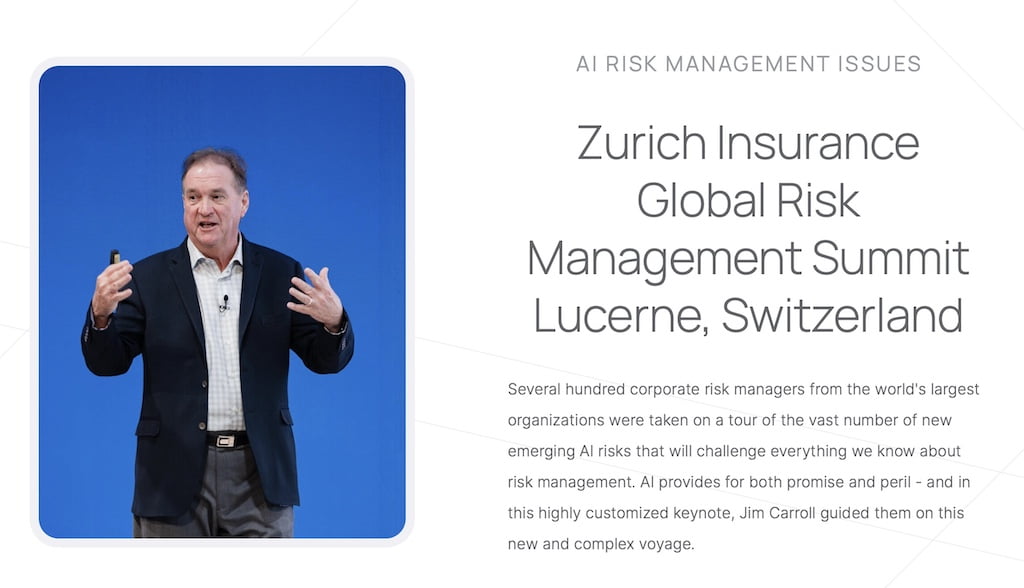
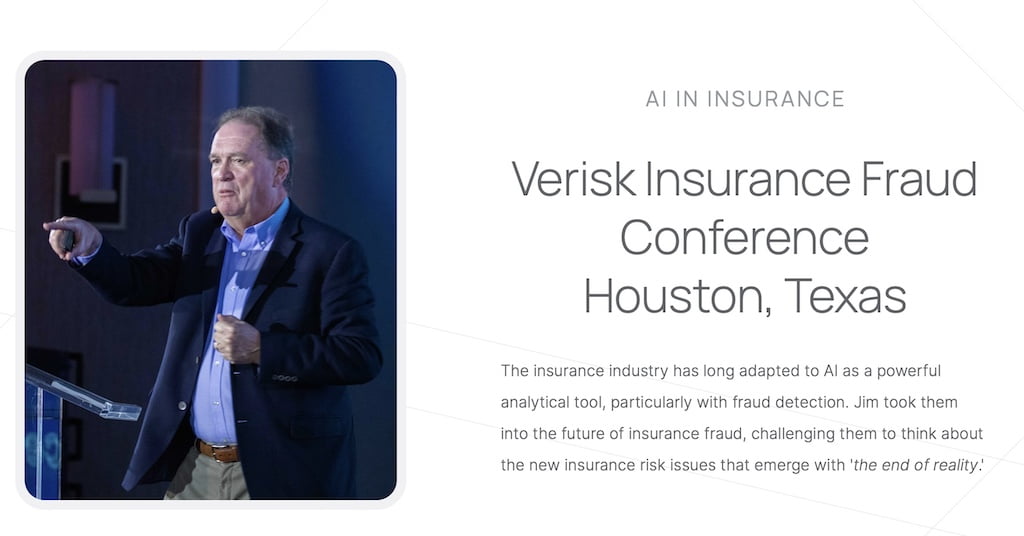
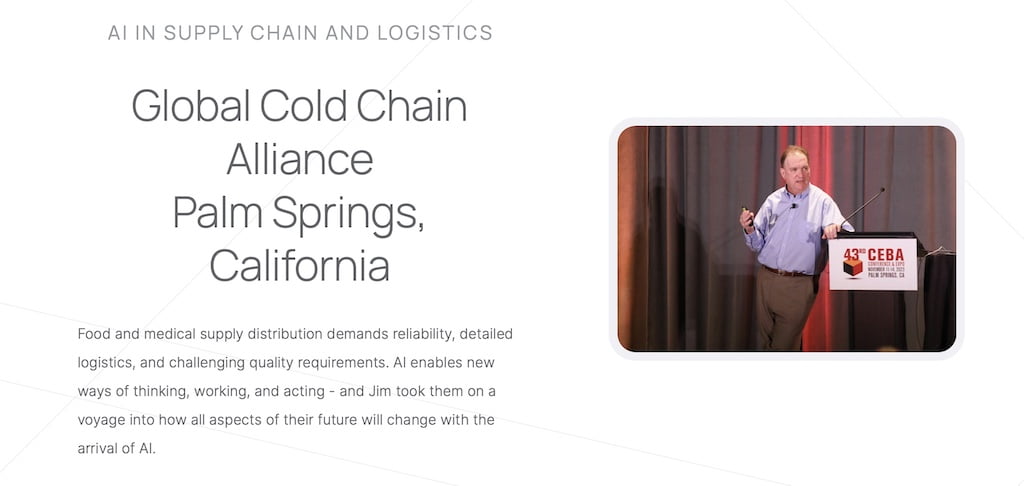
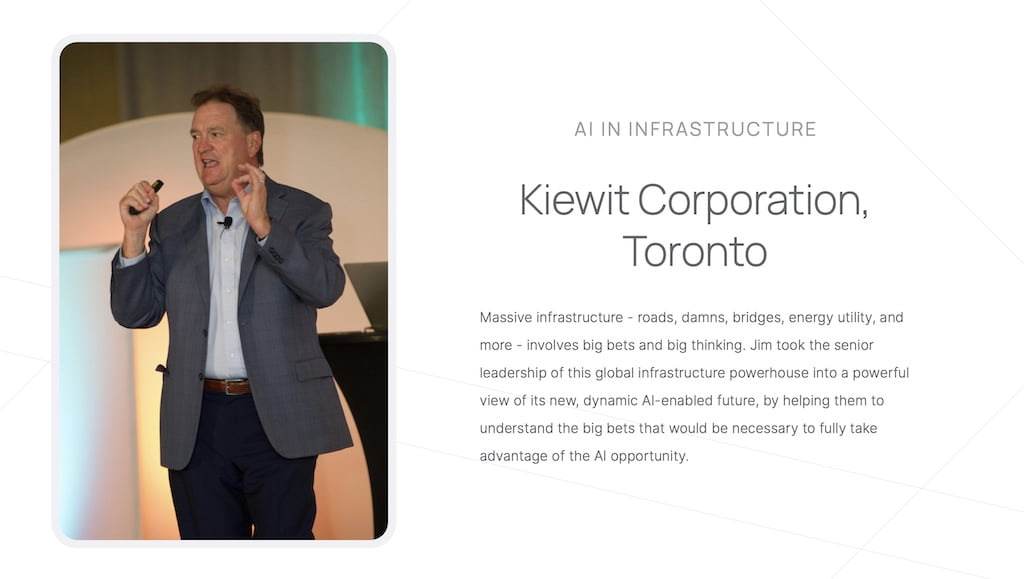
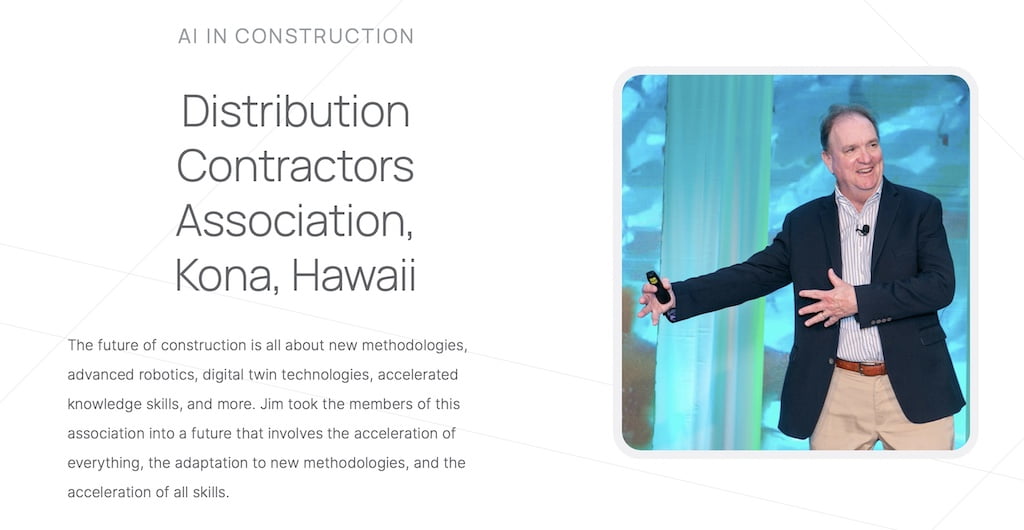
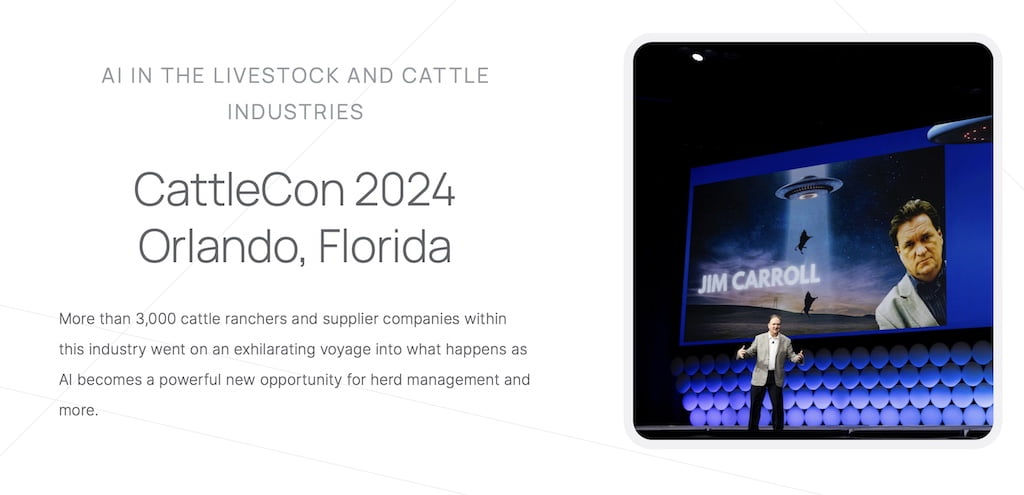
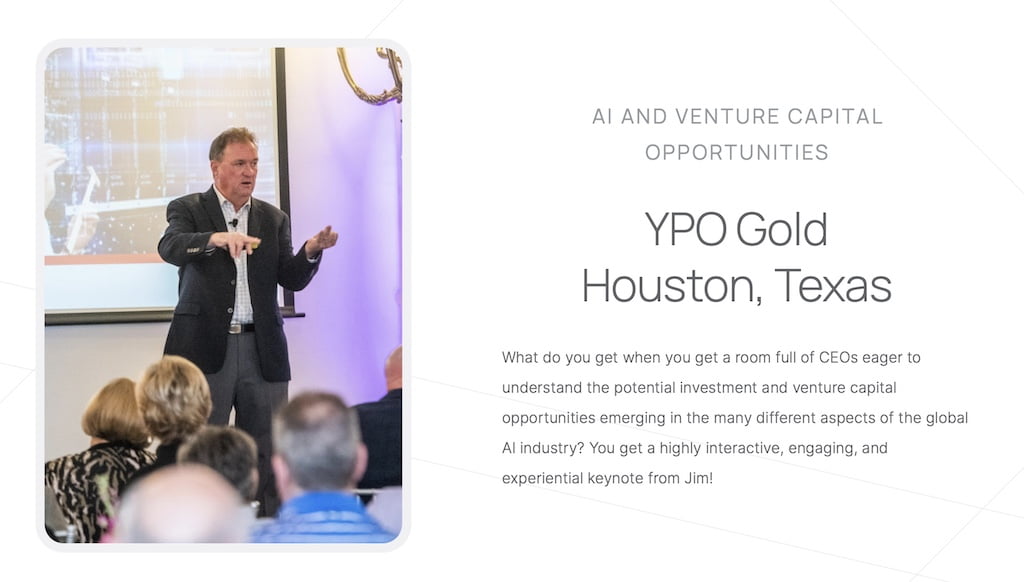
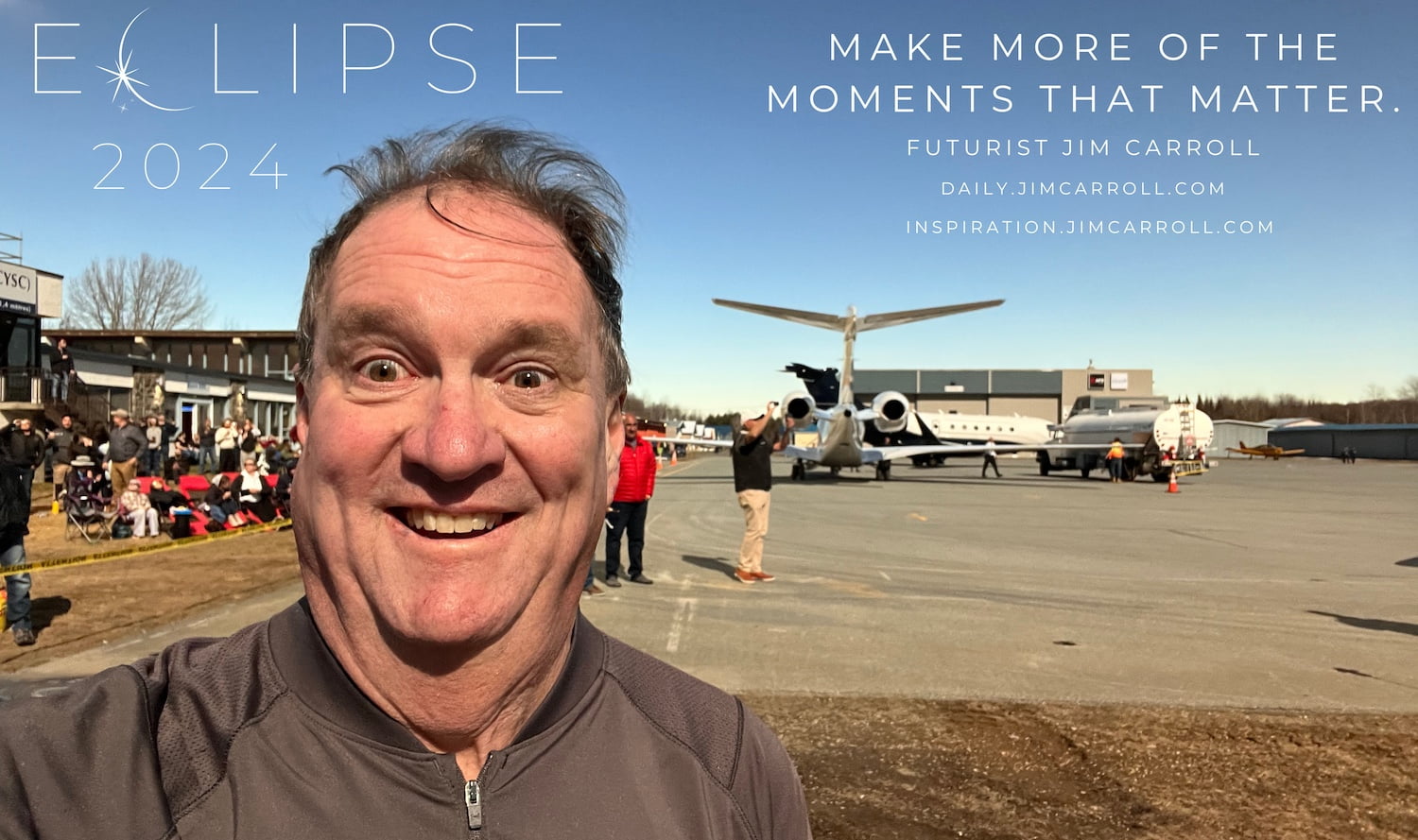






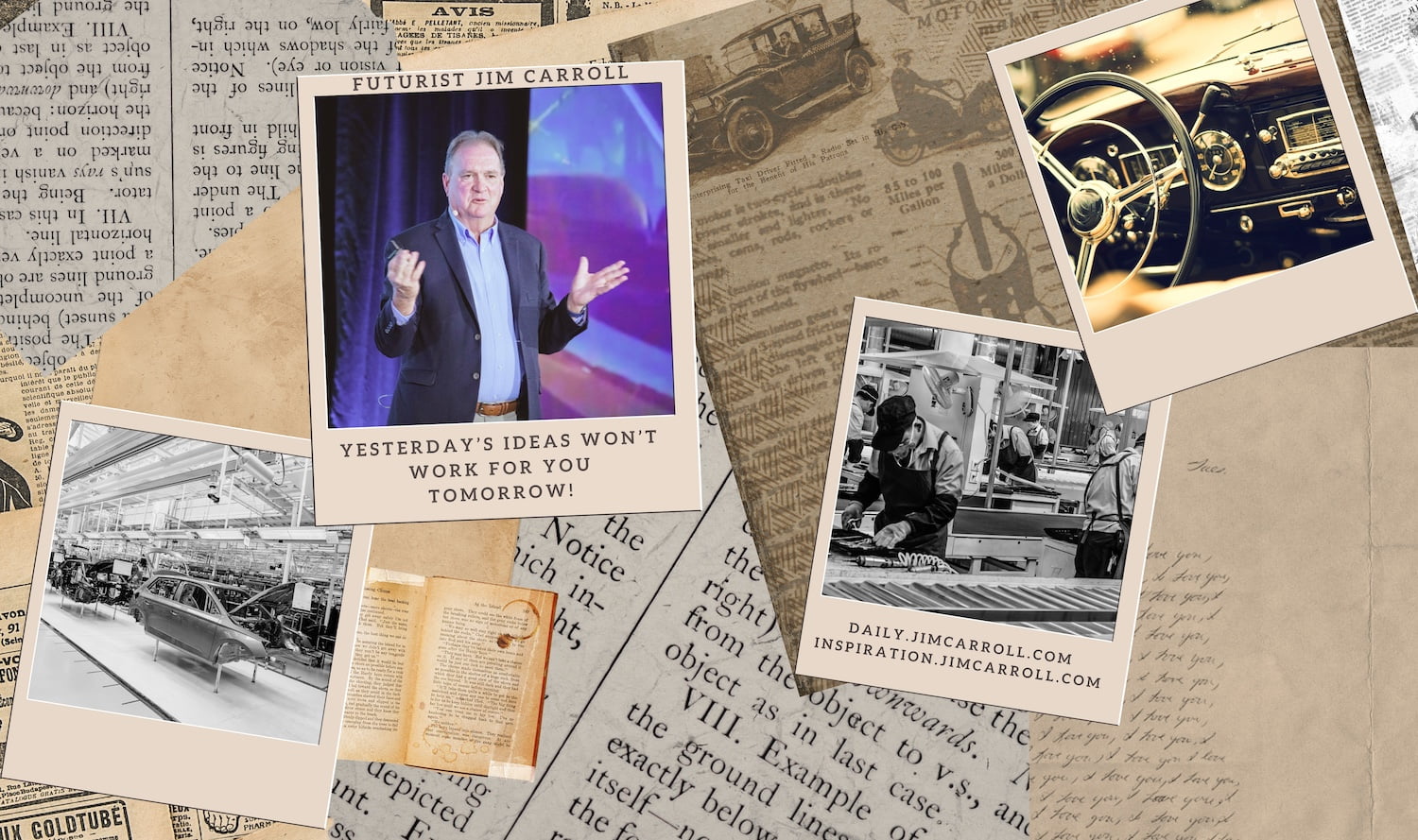



GET IN TOUCH
Jim's Facebook page
You'll find Jim's latest videos on Youtube
Mastodon. What's on Jim's mind? Check his feed!
LinkedIn - reach out to Jim for a professional connection!
Flickr! Get inspired! A massive archive of all of Jim's daily inspirational quotes!
Instagram - the home for Jim's motivational mind!